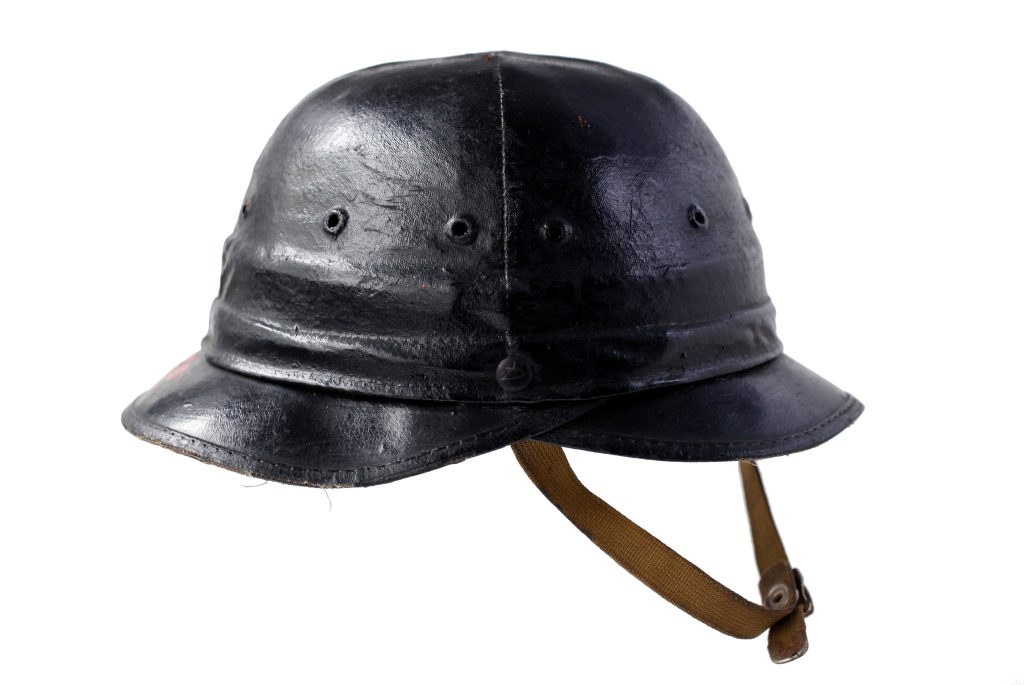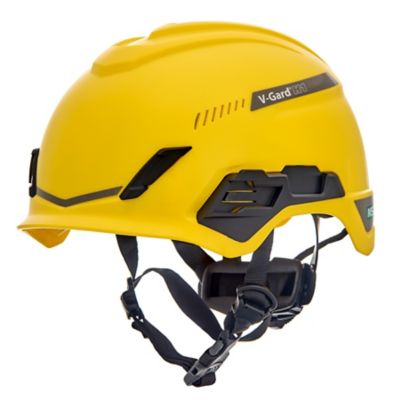In today’s world, hard hats are an essential piece of protective gear in construction, mining, and industrial work. However, their history and evolution are lesser-known but fascinating. From makeshift head coverings to the advanced helmets we see today, hard hats have undergone a remarkable transformation. Let’s take a journey through the origins and development of this crucial safety invention.
The Humble Beginnings: Leather and Tar
Before hard hats as we know them existed, workers relied on simple solutions to protect their heads. In the late 19th and early 20th centuries, laborers—especially dock workers and miners—used hats made of leather or cloth, sometimes dipped in tar to harden them. These rudimentary helmets provided minimal protection but were better than nothing.

Edward Bullard: The Father of the Hard Hat
The real turning point in head protection came in 1919, when an American entrepreneur named Edward W. Bullard introduced the first commercially available hard hat. Bullard, a World War I veteran, was inspired by the metal helmets worn by soldiers in battle. He recognized the need for similar protection in the workplace and developed the “Hard Boiled Hat,” made of steamed canvas, glue, and black paint. This innovation laid the foundation for modern hard hats.
The Hard Hat Goes Mainstream
The rise of large-scale construction projects in the 1930s, such as the Hoover Dam and the Golden Gate Bridge, highlighted the need for better worker safety. The companies overseeing these projects mandated the use of hard hats, marking one of the first major instances of industrial safety regulations.
During this time, aluminum hard hats also emerged, offering increased durability. However, aluminum posed an electrocution risk, which limited its widespread use.
The Introduction of Plastic and Fiberglass
By the 1950s, manufacturers began experimenting with new materials like fiberglass and plastic. These materials made hard hats lighter, stronger, and resistant to electrical hazards. The shift to thermoplastics in the 1960s and 70s further improved durability and allowed for mass production, making hard hats more affordable and accessible.
Modern Innovations: Comfort and Customization
Today’s hard hats are designed with worker comfort and safety in mind. Many feature adjustable suspensions, ventilation systems, and even smart technology, such as sensors that can detect impact force or monitor worker fatigue. Companies now offer hard hats in various colors to signify different roles on a construction site, helping to improve organization and communication.
Hard Hats and Safety Regulations
The widespread adoption of hard hats led to the establishment of safety standards. In the United States, the Occupational Safety and Health Administration (OSHA) and the American National Standards Institute (ANSI) regulate hard hat specifications, ensuring they provide adequate protection against impact, penetration, and electrical hazards.
The Future of Hard Hats
As technology advances, so do hard hats. Innovations such as augmented reality visors, integrated communication systems, and self-cooling materials are being developed to enhance worker safety and efficiency. The hard hat, once a simple leather cap, has transformed into a sophisticated piece of safety equipment that continues to evolve.

Conclusion
From tar-soaked cloth to high-tech protective gear, the history of hard hats is a testament to human ingenuity and the ongoing commitment to workplace safety. As construction and industrial work continue to advance, so will the hard hat—ensuring that workers remain protected for generations to come.
What do you think about the evolution of hard hats? Have you ever had to wear one on the job? Share your thoughts in the comments below!





